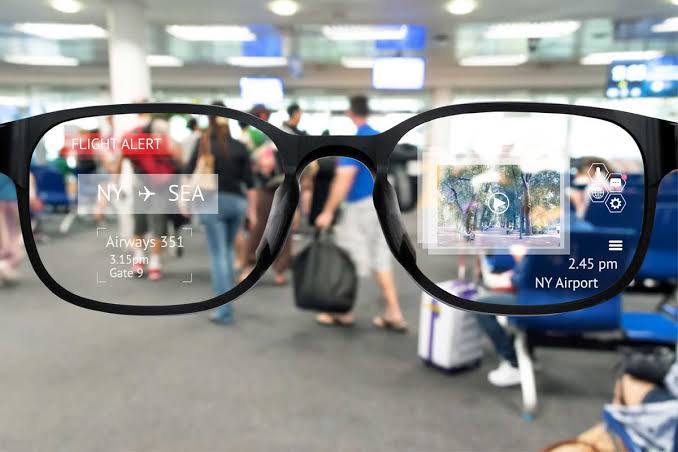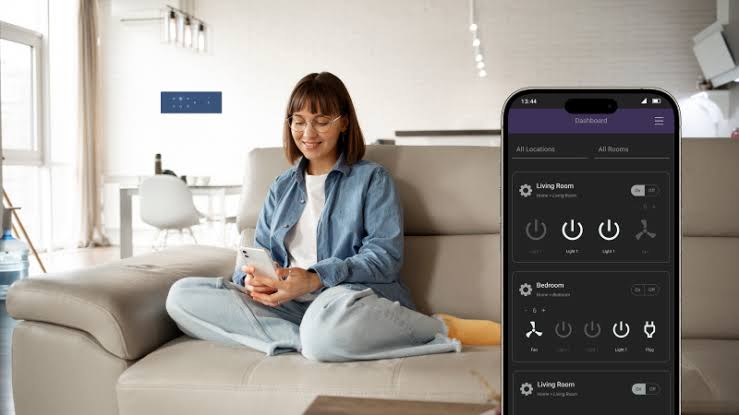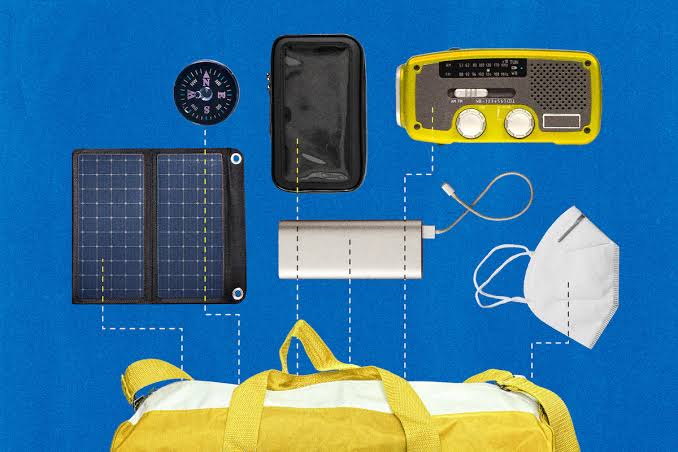Augmented reality (AR) glasses have long existed as a futuristic concept, promising to blend the digital and physical worlds seamlessly. As of July 2025, these once-hypothetical devices are moving beyond prototypes and entering the consumer and enterprise markets with increasing momentum.
Tech giants like Apple, Meta, Google, and Samsung have all made significant strides in AR development. With the growing integration of artificial intelligence, spatial computing, and 5G connectivity, AR glasses are poised to redefine how people interact with the world around them.
From navigation and entertainment to productivity and education, AR glasses are on the verge of becoming a mainstream technology with real-world applications.
From Prototype to Practical Design
The journey of AR glasses began with clunky, expensive prototypes that were often too heavy or limited for everyday use. Early models like Google Glass and Microsoft HoloLens paved the way, but their appeal remained niche due to high costs and bulky design.
Fast forward to 2025, companies have made major breakthroughs in miniaturization, battery efficiency, and lens projection. The latest generation of AR glasses now resembles traditional eyewear, with lightweight frames and discrete displays integrated into the lenses.
Apple’s Vision Pro Lite, Meta’s Ray-Ban Meta Glasses, and Samsung’s Galaxy AR Glass are examples of how far the industry has come in creating products that are not only functional but stylish and wearable.
Real-Time Information and Daily Utility
One of the key attractions of AR glasses is their ability to deliver real-time, hands-free information directly into a user’s field of view. This capability transforms how individuals receive and process data in daily life.
Imagine walking through a city and having street names, directions, restaurant reviews, and live transit updates displayed unobtrusively on your lenses. That’s now a reality in some Canadian cities through partnerships with telecom companies providing high-speed AR mapping services.
Users can also receive smart notifications, translate foreign text in real-time, and control smart home devices using only voice commands or simple gestures.
Enhancing Work and Professional Applications
AR glasses are rapidly gaining traction in professional sectors such as healthcare, construction, engineering, and logistics. Their ability to overlay digital information onto physical environments makes them invaluable tools for fieldwork and remote collaboration.
In healthcare, surgeons use AR glasses to view patient vitals or 3D models while performing procedures. In manufacturing, technicians can receive guided repair instructions without needing to look away from machinery.
Major Canadian firms are integrating AR into their workflow systems. Companies like Bombardier and CN Rail have started pilot programs using AR eyewear to enhance worker safety and increase productivity.
Transforming Education and Training
Education is another sector benefiting from the evolution of AR glasses. In classrooms and training environments, AR enables immersive learning experiences that go beyond textbooks or screens.
Students can interact with virtual objects in real space, from exploring the human body to watching chemical reactions unfold in 3D. AR glasses also support remote learning, allowing teachers to appear in holographic form or share real-time visual instructions.
Colleges and trade schools in Canada are adopting AR platforms to train students in fields such as automotive repair, architecture, and nursing. These tools help learners retain knowledge and develop practical skills faster.
Augmented Entertainment and Gaming
The entertainment industry is beginning to harness AR glasses for next-generation experiences. By blending the physical world with digital overlays, users can participate in interactive storytelling, live performances, and immersive games without needing a screen.
In 2025, Canadian developers are working on location-based AR games similar to Pokémon GO, but with richer narratives and real-time multiplayer interactions through AR eyewear. Users can now walk through their neighborhood and interact with digital characters or unlock virtual quests hidden in real-world locations.
Streaming services are also experimenting with AR-based movie viewing, where key scenes or characters appear around the user for a more engaging experience.
Privacy and Ethical Concerns
As with all emerging technologies, AR glasses raise important ethical and privacy questions. Concerns include unauthorized video recording, facial recognition misuse, and digital distractions in public spaces.
Canadian privacy watchdogs and consumer rights groups are advocating for clear legislation to regulate AR data usage and protect individual freedoms. New guidelines introduced in 2025 require companies to be transparent about how AR glasses collect and process information.
Manufacturers are responding by adding LED indicators for active recording, allowing users to disable facial scanning, and implementing stronger data encryption methods. Still, public awareness and regulation remain essential as adoption spreads.
Battery Life, Connectivity, and Performance
One of the biggest technical challenges for AR glasses has been balancing performance with battery life. In 2025, new low-power chipsets and AI-driven energy optimization have made significant progress in solving this issue.
The latest models offer up to 8-12 hours of use on a single charge, depending on activity. They also come with wireless charging cases, much like earbuds, for convenience on the go.
With nationwide 5G and the rollout of early 6G networks in some areas, data delivery for AR applications is faster and more reliable than ever. This supports smoother visuals, real-time updates, and minimal latency in interactive experiences.
Accessibility and Market Adoption
As prices decrease and more applications emerge, AR glasses are becoming accessible to a broader demographic. While flagship models can still be pricey, entry-level options are available under $500, making the technology more attainable.
Canadian telecom providers and insurance companies are even offering AR glasses as part of employee benefits or business tech packages. This has helped normalize their use in everyday settings like offices, transit, and retail stores.
Early adopters include tech-savvy professionals, gamers, and students, but mainstream consumers are gradually embracing the convenience and versatility of AR-enhanced living.
The Road Ahead: Mass Adoption and Beyond
Looking ahead, the future of AR glasses is bright and fast-moving. Experts predict that by 2030, AR eyewear could replace smartphones for many daily tasks. Developers are working on advanced features such as full spatial mapping, brain-computer interfaces, and real-time collaboration across continents.
The merging of AR with AI and cloud computing will likely give rise to “smart reality”—a world where digital intelligence enhances nearly every physical interaction.
Canada is well-positioned to be a leader in this space, with a strong base of tech innovation, government support, and ethical oversight driving responsible development.
Conclusion: From Science Fiction to Everyday Use
What was once the domain of science fiction is now becoming a reality. AR glasses are transitioning from experimental prototypes to practical tools that can change how we work, learn, play, and communicate.
In July 2025, this technology is no longer about speculation—it’s about adaptation. As devices become more powerful, affordable, and integrated into daily life, augmented reality glasses are set to reshape the digital landscape in ways we are only beginning to imagine.



